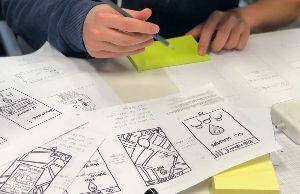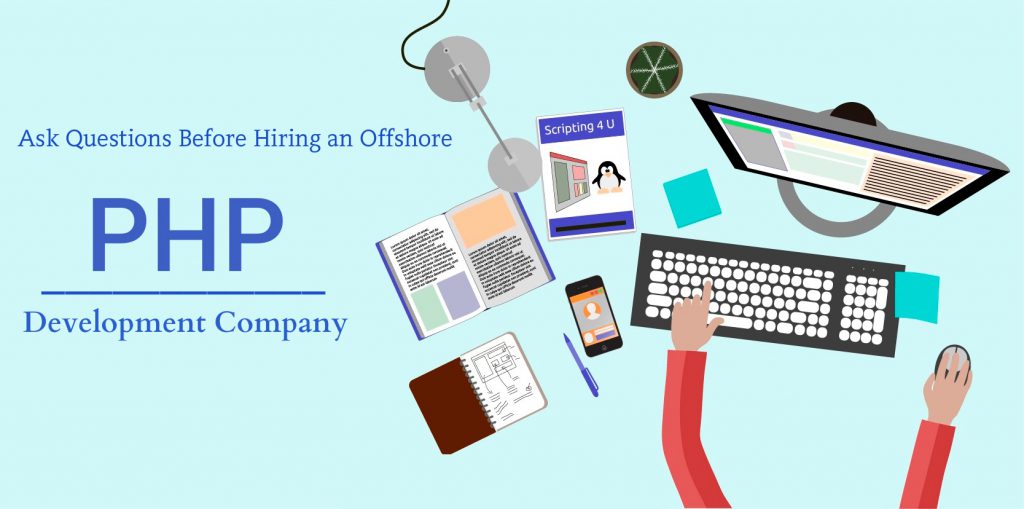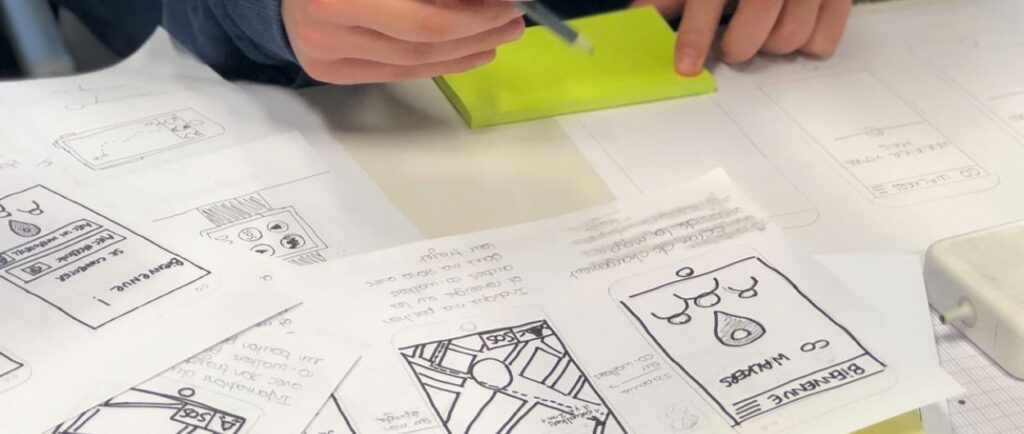
We enter a new digital age. Knowing and executing an efficient business strategy is essential in today’s business environment. However, creating a company can be tricky; it requires more than just the name.
Business needs should be approached strategically by looking for feasible and affordable solutions for business problems. The software that companies develop is no longer purely a new product.
The diagram here shows the reasons why companies develop new products.
When developing new technology, you must focus on achieving customer satisfaction, creating products to solve their needs. It also aids in creating product-market compatibility. Achieving a good design begins by understanding the differences between PoC and MVP versus Prototype.
Here is the data of how many companies have invested in technologies, and thus new technologies are essential. Also, around 35.7% of companies believe that collecting data to develop a product is vital.
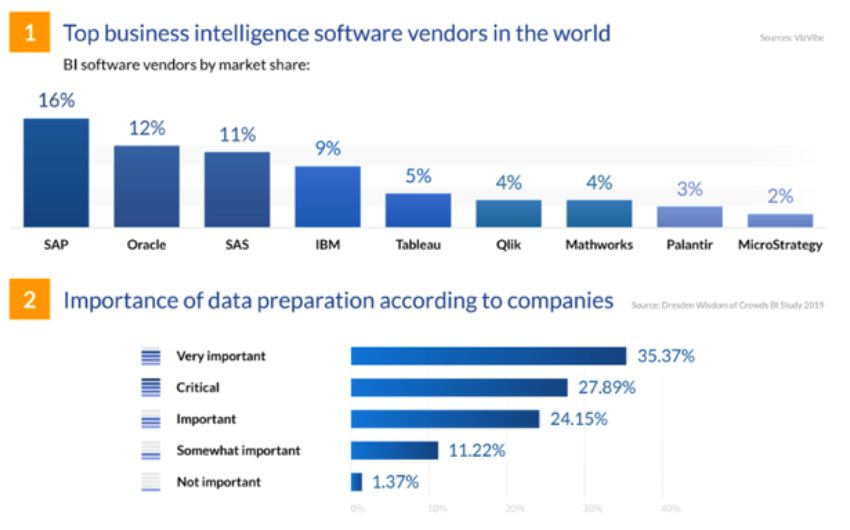
They help validate products that lead to their acceptance in the marketplace. This detailed blog post will answer all your questions to ensure products and markets fit.
- What are good strategies?
- What are your orders to execute them?
- Tell me about the difference between the two groups?
Is it possible for software development companies to develop new products with great care? You should solve the problem by removing problems from the end-user. Software development through PoC or Prototypes is essential to ensure that any potential issues can be addressed for the project development. Let’s take some time to explore your question here.
What is PoC (Proof of Concept)?
Proof of concept (POC) phases in software development when products test technical assumptions. So the developer builds PoC when the software doesn’t match the plan.
PoC is typically only a small section of all the software systems hidden from its users because the goal is simply to know what direction you should be heading when developing a project.
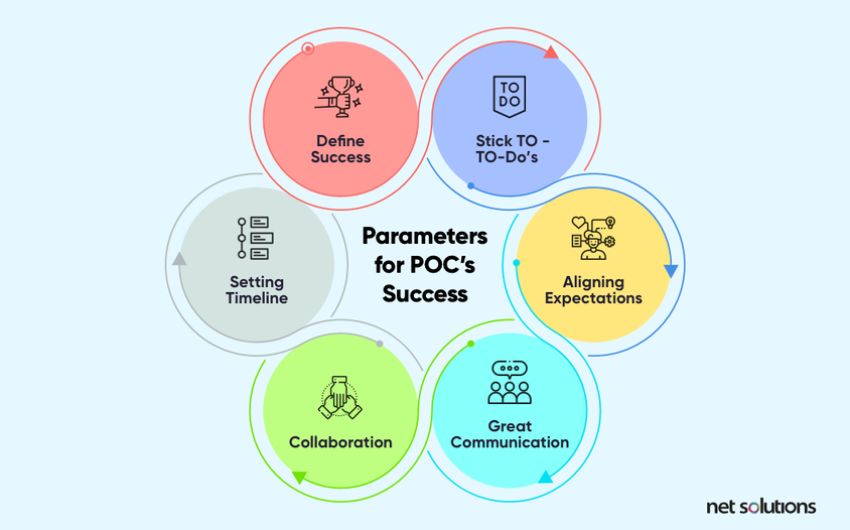
To determine whether the concept is technically possible. The phrase “Proof of Concept” shows the feasibility and ability for production. The concept is not required for any PoC unless the idea is already present in the marketplace.
If your startup introduces a new technology or disrupts digital markets, following the PoC strategy allows gathering proof for its practical use. When developing proofs for new businesses, understanding their expectations is vital.
Benefits of a POC
- Validation: PoC helps you know about your marketable product; a POC will provide beneficial insight.
- Finding investors: Whether you have investors for your product or not, you ought to prove a financially safe concept.
- Fixing problems: Accumulate a precise picture of potential issues in the development phase.
Why Pick PoC?
- Validating the idea’s expedience
- Preserving resources, time, and money
- Convincing investors to help the concept
- Getting the perception of approaching risks
Example Of PoC (Proof of Concept)
Twitter released an OAuth 2.0 beta in 2009 in the Google group. In this case, the Proof of Concept verification code demonstrated both ideas and potential execution possibilities. As a result, today Twitter has a PoC code used by OAuth in almost all applications registration and authentication.
One of the compelling examples of the PoC model is when Walmart implemented blockchain technology in its product origination.
Walmart created evidence of concept (POC) to ensure it would not impede its business. Your idea will get proof.
Main Features Of PoC
If you want a simple and efficient way of confirming or eliminating assumptions about your core audience and software concepts, PoC can provide a good solution.
What is MVP (Minimum Viable Product)?
CB Insights explains why startups fail. 48% of startups fail because of faulty product development processes. Most of these companies have spent months building an item they do not need.
When they had zero customers, the companies realized that nobody cared about the proposal. A doctor wants patients, not a centralized office. There are a few reliable tools for testing and analyzing a target audience.
Benefits of MVP
- Finances: Creating an MVP decreases the development duration and resources.
- Risk devaluation: You can tell if the market shares the same opinion as yours and the need for the functionality you have performed.
- User experience: If users like MVP, they can establish profitable relationships with their clients sooner.
Why Pick MVP?
- Collecting early end-consumer feedback
- Facilitating faster marketing
- Avoiding product failure
- Saving funds, time, and extra resources
Example Of MVP (Minimum Viable Product)
Odeo started a podcast medium that could use messaging technology to deliver information platform was developed. Initially, the term “Twitter” used a minimum feature and was only used internally. It looked like that: The MVP was later publicly available and continually purified according to the feedback from users.
Types Of MVP models
There are many ways of developing a product idea that can deliver what a user needs. The following section contains the most commonly used MVP model.
Wizard of Oz MVP
The Wizard of Oz minimal-viable product gives users a sense that they are fully functioning systems, but the testing is performed manually. Wizard Of OZ MVP tries to conceal the point of completing the product. It’s an excellent test for startups of all types providing services. It is for those without knowledge of automation.
Nick Swinmurn, the founder at Zappos, posted pictures of his shoes on the website. Then the customer began buying shoes in a store, ordered a pair, and sent them. After determining the project’s success, the developer added functionalities.
Concierge MVP
Unlike the Wizard of Oz building an MVP, the concierge MVP is a relatively straightforward product. Instead of building prototypes, your service is offered manually to a small number of test customers. As a result, concierge MVPs can benefit clients who cannot be connected to the Internet because they don’t know how it works.
It’s also helpful when the costs of developing a reliable online MVP are too high. For example, an investor in concierge services MVP founded Wealthfront. It focuses on investment planning & investment. The financial advisor contacted the client directly for advice on wealth management.
Piecemeal MVP
Piecemeal – an MVP model where the product uses existing tools or solutions instead of developing new solutions. It is essentially the same MVP piece-by-piece that the end-users have seen. Using Groupon Coupons for a website is one of the great examples of piecemeal MVP. The Groupon MVP has been developed with help from other companies.
Andrew Mason, Founder of The Founders Group, incorporated the WordPress site with automatic promotions by various retailers. AppleScript produces his offer in PDF format, emailed through Apple Mail. This confirms the Groupon hypothesis.
Single-Feature MVP
The essential functions will help build an MVP that only needs one process and minimal functionality. It can also help identify the most relevant targets and analyze feedback.
What Is Prototyping?
Software prototyping often gets confused with Proof of Concept (PoCs). The proof is intended to verify fundamental ideas and determine whether it is feasible for businesses to use this model and to have the necessary technical capability.
Prototyping is a method to test the functionality of software products. Prototypes are complete visual representations of products. It’s intended to show the user interaction between a program and the application that flows between different screens. The introductory section helps to understand basic project workflows and usability.
Benefits of a Prototype
- Assurance: Prototyping benefits to confirm that the product does what it is presumed to accomplish.
- Predictability: It provides insight into vulnerable points and where mistakes might happen.
- Estimation: Get quantification of time, resources, and finances required.
Why Pick Prototype?
- Visualize the structure and functionality
- Validating the UX layout
- Acquire early product feedback
- Enticing potential investors for seed funding
Example Of Prototype
The company has a new Prototype app tagged “twttr.” Twitter developed these prototypes to experiment with new capabilities in response – this is Twitter’s initiative for quick readability and quick response.
Users had a different reaction to the new Twitter function on changes in a conversation thread.
Is there any doubt about these chunky chunks? It is a feature of the messaging apps.
It’s nice to see the twttr’s origins with stripes in black color. Playing with colors or subtler colors is a lovely way to express your emotions.
Types Of Prototype Models
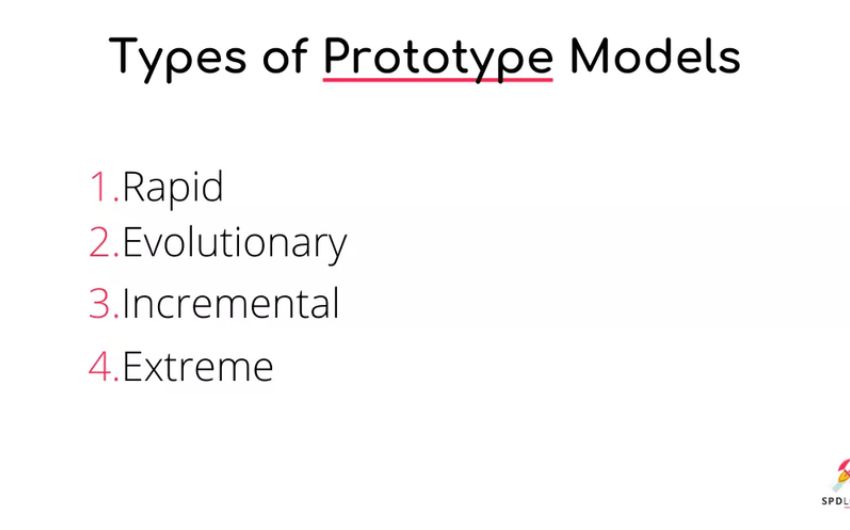
The software Prototype process uses four effective methods: Throwaway prototyping, Evolutional prototyping, Incremental prototyping, and Extreme prototyping. Several models have different stages of development and end-use. Each mode varies in the advantage and disadvantages it has in its usage.
Throwaway Prototyping
Throw away or sometimes called Rapid prototyping, involves the production and re-utilization of Prototypes in a nutshell. This kind of prototyping is helpful for a technical feature or showing the quality to potential users or stakeholders to gather feedback on the core functionality.
Extreme Prototyping
Extreme prototyping involves designing web-based applications. The procedure is divided into three stages. In the first stage, a static website is created. After that, there are various front-end framework tools for fast prototyping.
HTML pages are interactive during the second stage because services layers can simulate. The third phase implements the service layer, and the model resembles the actual product. Initial, FastSwims Prototype was implemented with React, JSP & Bootstrap. Look at that wireframe.
Evolutionary Prototyping
Evolutionary prototyper refers to creating an algorithm that can refine regular customer or stakeholder feedback.
Maintainability of code styles and pattern development are crucial aspects of this work because prototypes can evolve to a final product.
The initial plan should include only major features, gradually adding essential features.
Incremental Prototyping
In contrast to evolutionary prototyping, incremental prototyping creates multiple prototypes where a single prototype represents a component or part of the final solutions.
Once each Prototype is complete, the entire package is combined. Incremental prototypes work well in large systems with a large number of participants.
POC vs. Prototype vs. MVP: Select The Best Approach
The three strategies are good practice if there is enough space, skills, or resources in place. PoC, MVP, and prototypes are designed to save your product from product development failure.
The related business and functional needs are also crucial in approaching the PoC vs. MVP vs. Prototype.
Test and prototyping are two different concepts. While a POC is simply a collection of documents or essential software used to evaluate an idea’s working ability and feasibility, the Prototype is merely a click-through software that lets parties know where their users might move.
Entrepreneurs have no choice but between these two approaches in their quest for product fit. Therefore, it is required for the applicant to select an option, or they should view it as steps for the application. Here are the two scenarios for you to decide which one to choose.
When You Are Yet To Enter The Idea Validation Stage
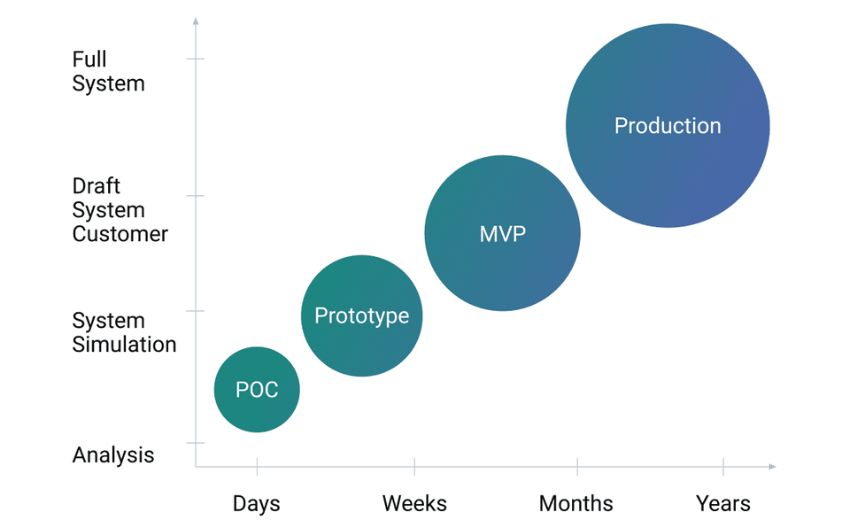
If you have not started developing either strategy, it is appropriate to go. It’s an initial stage that allows you to plan the app verification lifecycle for the application.
The multiple advantages of investing in a lifecycle that starts with OP and reaches Prototype after reaching MVP levels.
When You Are Into The Idea Validation Stage
When you’ve already reached the validation phase, the chances of proceeding through this phase are meager. During this scenario, you must choose between POCs v Prototypes v MVPs. And the decision depends on several factors. So tell us the best possible scenario.
Frequently Asked Questions About POC vs. MVP vs. Prototype
Q.1 Which Of The Following Is The Correct Order In Which MVP Prototype And Poc Are Created?
Validations should follow chronological order, e.g., PoC > Prototype > MVP. However, you may skip creating PoCs if your ideas are already tested in the market. There have been occasions where businesses are confused with PoCs vs. MVPs vs. Prototypes.
Q.2 What Is The Difference Between MVP And Prototype?
A Prototype demonstrates a simple concept. A Prototype test all the features evaluation of the base concept and is proven. An MVP is functional and may be utilized (though restricted by circumstances). In some instances, Prototypes resemble the appearance of the product.
Complex and innovative products usually undergo a whole development process, from Prototypes to Prototypes. All stages offer their individually good advantages. It helps prevent common product errors, such as missing features in an item that no one wants to use. Both MVP and Prototype are products developed for the validation of hypotheses.
They share the same fundamental difference. Prototype development is done before the MVPs. A Prototype is hardly a product. The product is merely a visual representation. The MVP consists of delivering measurable outcomes.
Q.3 What Is The Difference Between PoC And Prototype?
Although POCs demonstrate product development, Prototypes of mobile devices demonstrate their use. Prototyping has numerous technical feasibility, and in mobile applications, Prototypes typically begin from sketches or paper interfaces before evolving to interactive models which resemble the end result.
Q.4 What Is The Difference Between MVP and POC?
MVP versions contain enough features to present an idea to early customers. Rather than POCs and Prototypes, a functional MVP has a limited set of features to satisfy its initial users’ needs. MVPs help understand customer acceptance and achieve product-market fit.
Q.5 Tell Me The Best Time For Prototyping?
Sometimes the project involves the creation of Prototypes or something. Using prototyping is helpful in the case where a complex product is required. In addition, throwaway prototyping will help to eliminate some of your misunderstandings.
Evolutionary or incremental prototyping is the preferred method for people who have a good idea of developing a product. One benefit of prototyping has to include obtaining early feedback from potential customers. It’s best to create a new MVP by improving it per user needs.
Q.6 What Are The Benefits Of A Minimum Viable Product?
During the development of MVPs, you can expect many other advantages. First, build MVPs build your products. You may start with your product concept and then move on with other things later. It can help your marketing efforts improve, and it’s another way to get early customers.
Continuous user feedback collected from MVP helps position your product. Building MVPs can allow for faster commercialization and more sales. App development requires a significant change to its structure to align with client demands.
POC vs. MVP vs. Prototype: The Strategy Closest to Product-Market Fit
Product design combines experimentation with a vision with an objective. This is commitment, cadence awareness, and sensitivity to what needs to be moved forward. It is vital to establish a solid base and then develop proofs-of-concept – a Prototype followed by an MVP.
We tried to remove a thin border between MVPs and Prototypes and invalidated roles. Therefore we have a clear objective for the PoC, MVP & Prototypes — proof of concepts — to eliminate doubts about their feasibility. Prototype to clarify the misunderstanding of the UX style of the product.
Related Articles
-
What Makes NopCommerce A Perfect Choice For Ecommerce Platform?
Talking About What Makes NopCommerce A Perfect Choice For Ecommerce Platform? NopCommerce is a customizable and stable .Net-based open source e-commerce engine. It includes a wealth of services and features,
-
An AI Development to Listen to in 2018 – Voice Activated Shopping
“Alexa, Order Vega chocolate protein powder”, “Alexa, Order a Leviton LED switch” The above statements are not just the words, but they are the commands came out from user’s mouth.
-
Top 15 Questions To Ask Before Hiring an Offshore PHP Development Company
In this web world, where businesses just can’t do without websites and applications, everyone knows the importance of bringing their businesses online. As a result, the number of programming languages
